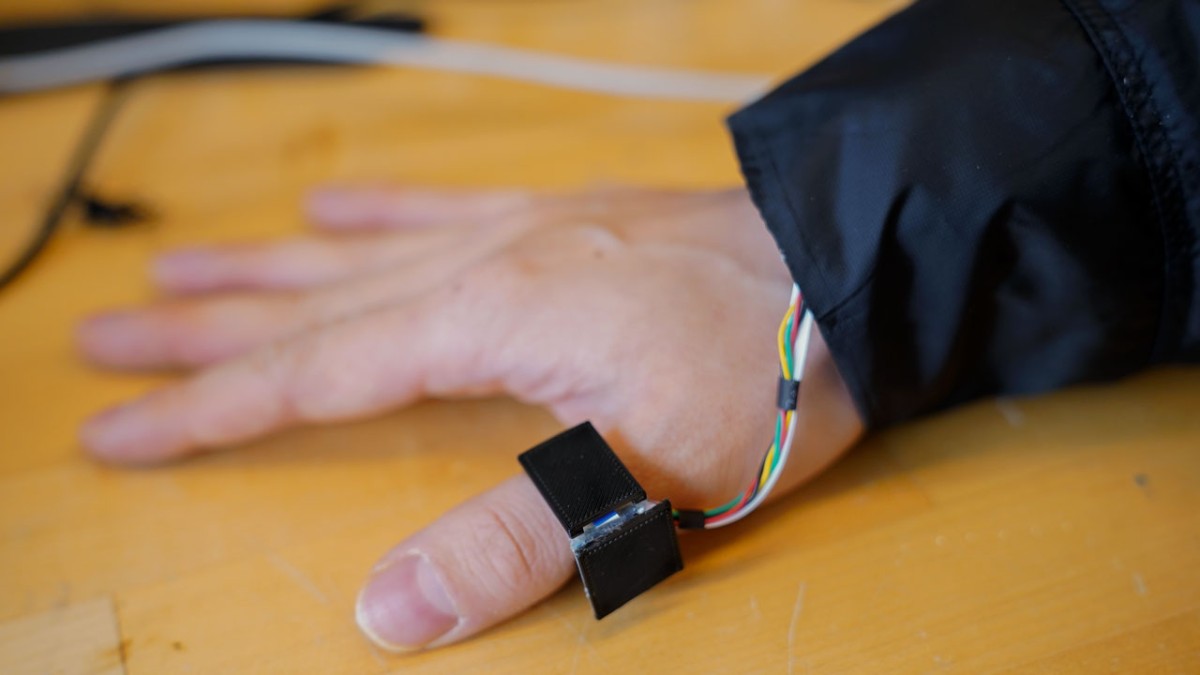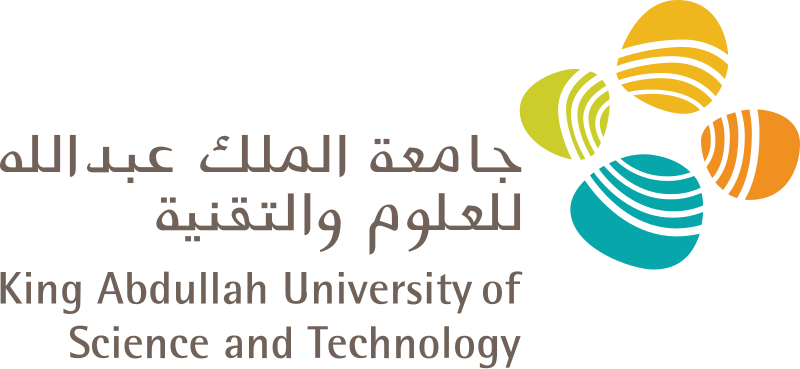In trials with both new and experienced ASL users, the ring reached an accuracy of 82% to 92%, similar to other streamlined systems. Beyond fingerspelling, the research team envisions future versions interpreting full ASL sentences, further bridging communication gaps between Deaf and hearing communities. With a projected cost of around $30 per unit, the device promises to be an accessible tool for students, educators, and everyday users.
While the technology currently focuses on fingerspelling, the research team sees a broader future. By integrating micro-sonar into eyeglasses, the system could eventually recognize upper body movements and facial expressions—key components of full ASL grammar.
“ASL is more than just hands. It’s a rich visual language involving facial expressions and body movement,” Hyunchul Lim, lead author of the study and a doctoral student in information science noted. “Our long-term goal is to capture that complexity.”






